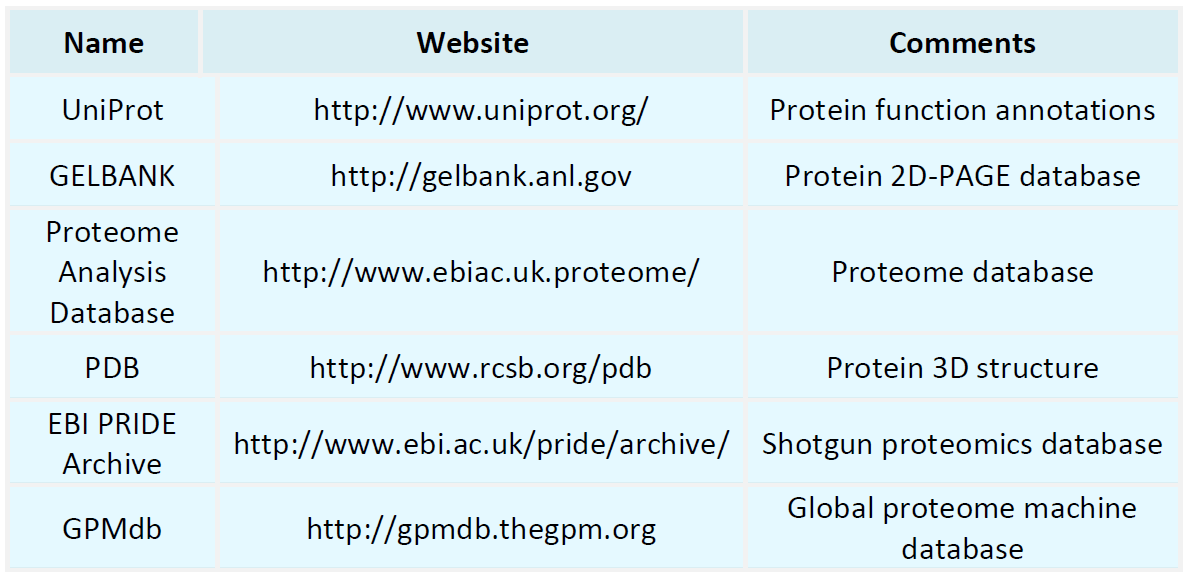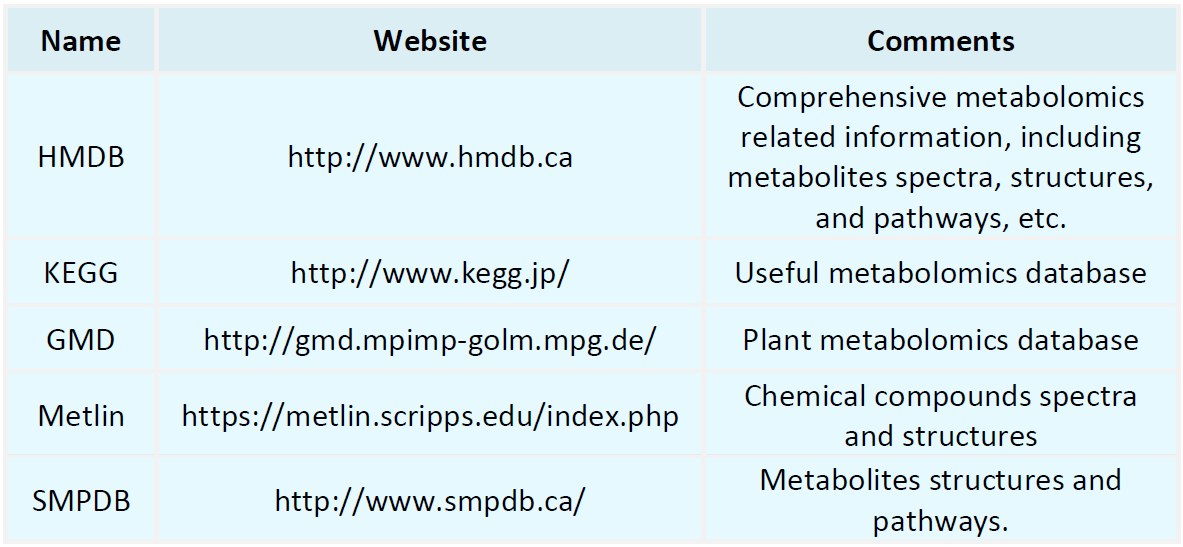Resources
Proteomics Databases

Metabolomics Databases

-
Epitope mapping methods are bioinformatics tools widely applied across multiple fields, including vaccine design, antibody development, and disease diagnostics. In vaccine design, these methods precisely identify antigenic epitopes on pathogen surfaces, thereby enhancing vaccine immunogenicity. Scientists can develop targeted vaccines by selecting epitopes capable of eliciting the strongest immune responses, thus improving the host's protective immunity against specific pathogens. Epitope mapping meth......
-
ICP metal testing (ICP-MS) is an analytical technique employed for the detection and quantitative analysis of metal elements in environmental samples. ICP metal testing utilizes the high-temperature plasma environment to ionize metal elements within samples, facilitating their precise detection. This technique has extensive applications across environmental monitoring, food safety assessments, geological exploration, and biomedical research. In environmental monitoring, ICP metal testing effectively d......
-
Host cell proteins (HCPs) are non-target proteins produced by host cells during biopharmaceutical production. These proteins primarily originate from cell lines used to express recombinant proteins or antibody-based therapeutics, such as Escherichia coli (E. coli) or yeast cells. The presence of HCPs in biopharmaceutical products can have several significant implications: 1. Immunogenicity Certain HCPs may elicit immune responses, leading to adverse effects or reduced drug efficacy due to immunogeni......
-
To measure protein stability is a critical aspect of research into proteins' structural integrity and functional activity under various conditions. Proteins are fundamental molecules responsible for essential biological processes, and their cellular functions are highly dependent on their structural integrity. In vivo, protein stability directly impacts enzyme catalytic efficiency, signal transduction accuracy, and immune response effectiveness. Thus, to measure protein stability is not only essential......
-
• Parallel Reaction Monitoring (PRM): Principles, Workflow, and Applications
Parallel reaction monitoring (PRM) is a targeted quantitative proteomics technique based on high-resolution mass spectrometry. In recent years, it has gained widespread application in functional protein studies, biomarker validation, and targeted quantification within complex biological matrices. Compared to multiple reaction monitoring (MRM), PRM offers significant advantages in specificity, resolution, and interference resistance, making it particularly suited for high-precision quantification of ta......
-
STRING proteomics is a computational approach leveraging the STRING database to analyze protein-protein interaction (PPI) networks. In cellular environments, proteins rarely function in isolation; instead, they engage in intricate interaction networks to regulate biological processes. By integrating large-scale experimental data, computational predictions, and bioinformatics methodologies, STRING proteomics systematically characterizes protein interactions, offering insights into functional networks, ......
-
• A Comprehensive Overview of the Application of Protein Full-Length Sequencing in Synthetic Biology
Synthetic biology has witnessed rapid advancements in recent years, and protein full-length sequencing has emerged as a critical tool supporting this progress. With its significant potential in fields such as medicine, agriculture, and energy, synthetic biology is redefining the boundaries of traditional bioengineering—from engineering microorganisms to produce high-value compounds to constructing artificial organelles. A critical component in this progression is the accurate analysis and validation......
-
Protein full-length sequencing can resolve the challenges in CDR identification in antibody drug development. In antibody drug development, the precise identification of complementarity-determining regions (CDRs) is critical. As the determinants of antigen specificity, CDRs serve as the structural foundation for affinity engineering, candidate screening, and intellectual property claims. However, due to the inherent sequence diversity and structural complexity of CDRs, accurate resolution has long bee......
-
• Protein Full-Length Sequencing: Principles and Applications
Protein full-length sequencing plays a fundamental role in life sciences research and biopharmaceutical development by enabling the decoding of a protein’s primary structure—that is, the linear sequence of amino acids—which is essential for understanding its function, validating its expression, and confirming structural consistency. Conventional protein identification methods primarily depend on known genes or database support, which presents limitations when analyzing unknown proteins, synthetic cons......
-
• Protein Full-Length Sequencing Workflow: From Sample Preparation to Data Interpretation
Protein full-length sequencing, including top-down and de novo protein sequencing approaches, has emerged as a precise and comprehensive strategy for acquiring complete protein sequence information. As proteins are central executors of biological function, their amino acid sequences are critical for elucidating structural features, functional roles, and post-translational modifications (PTMs). Traditional protein identification methods often rely on database matching, which limits their utility in cha......
How to order?







